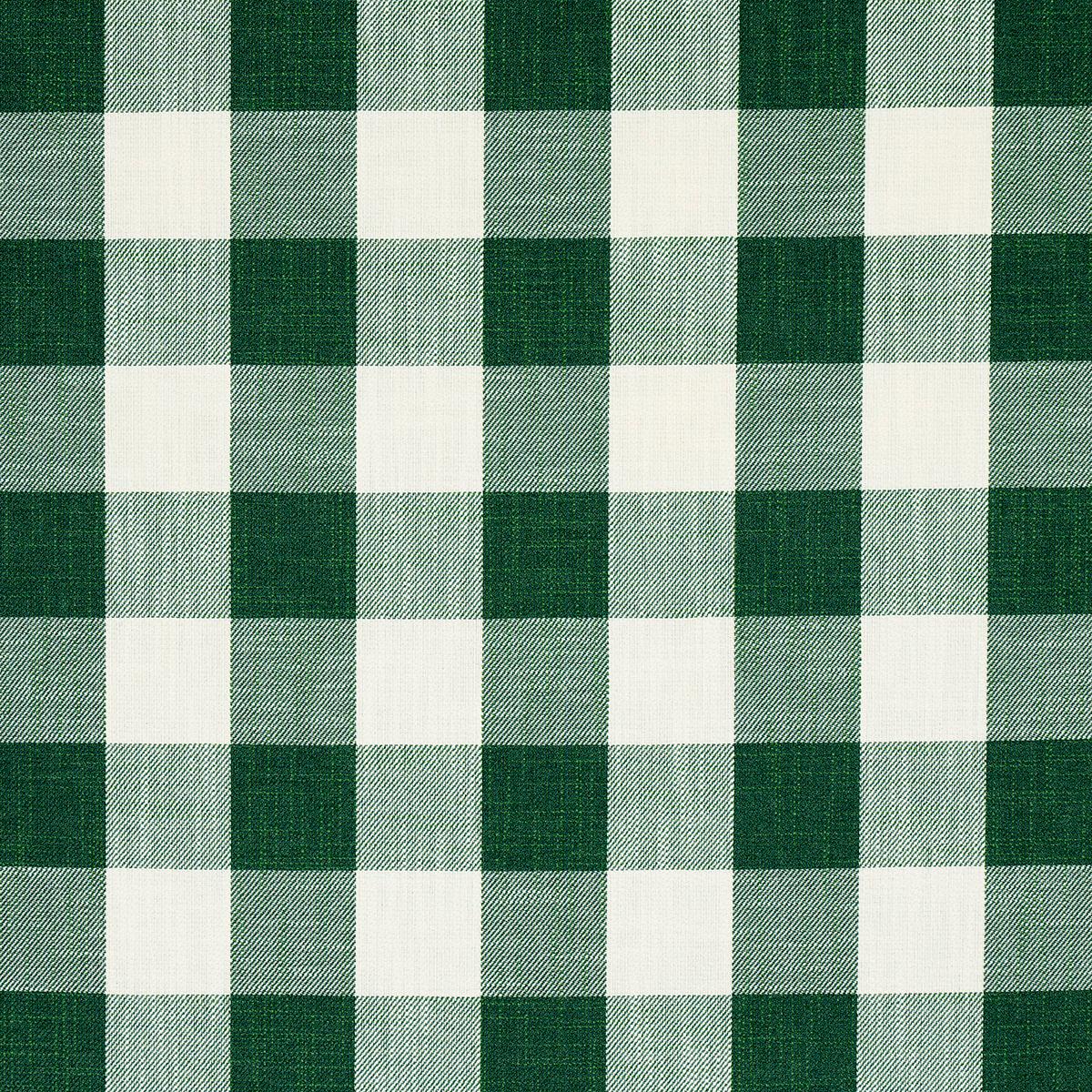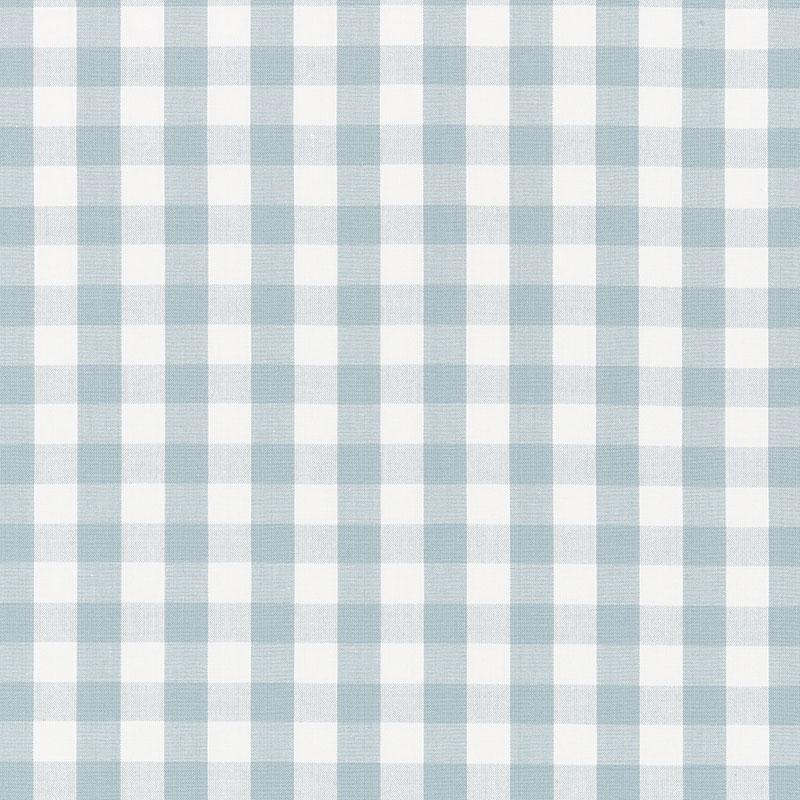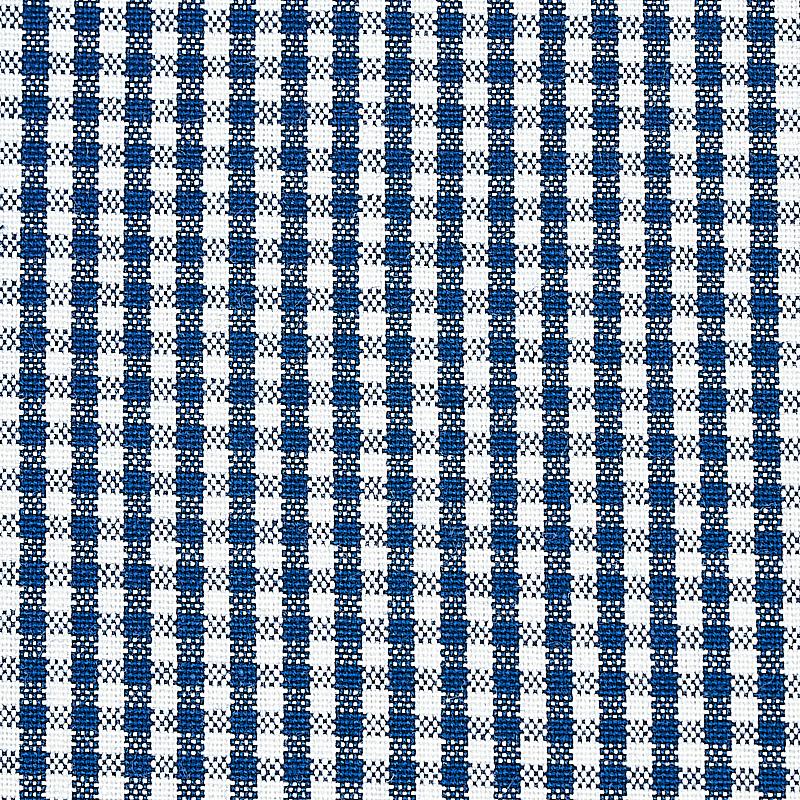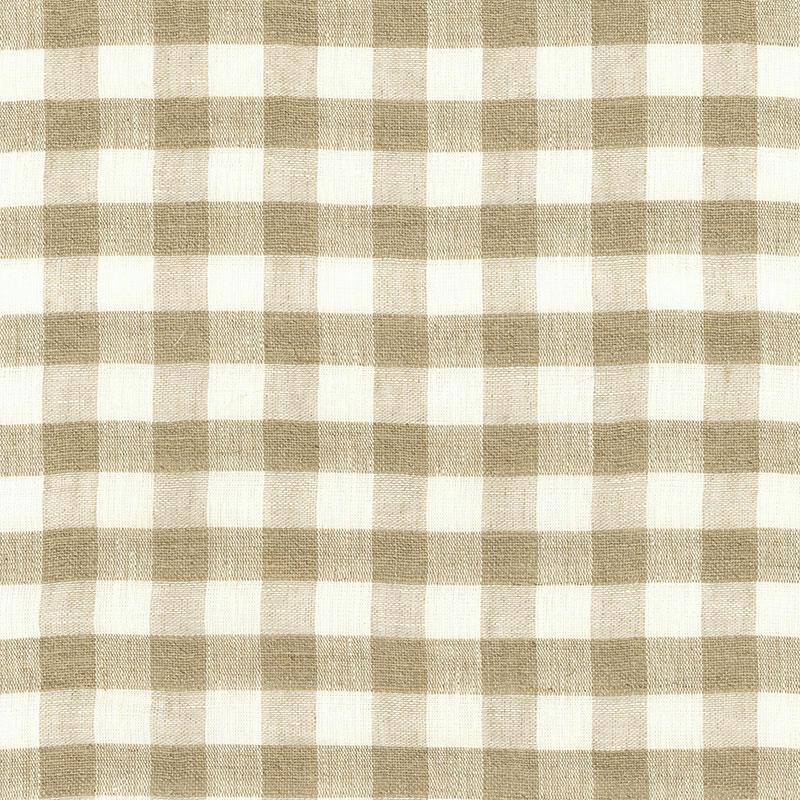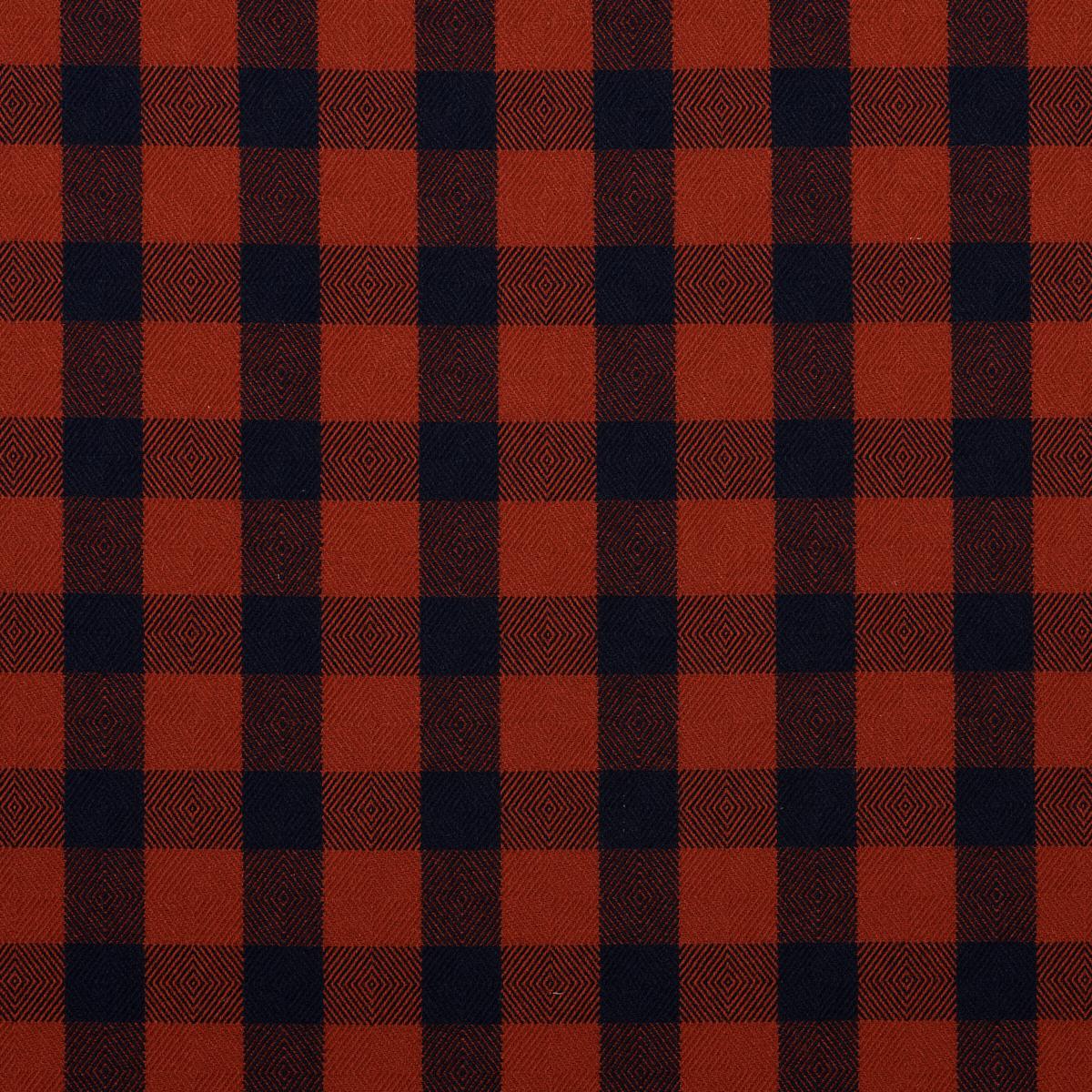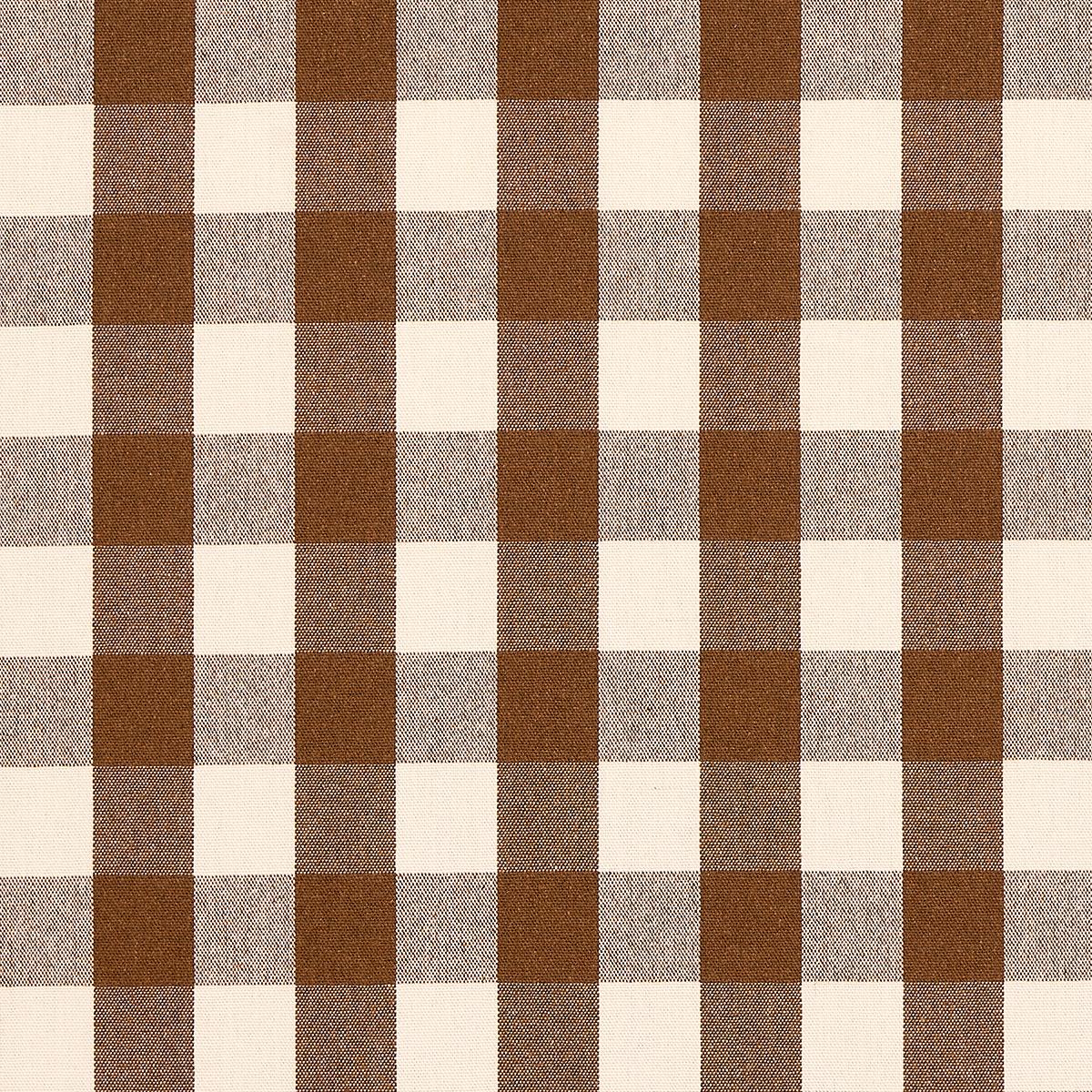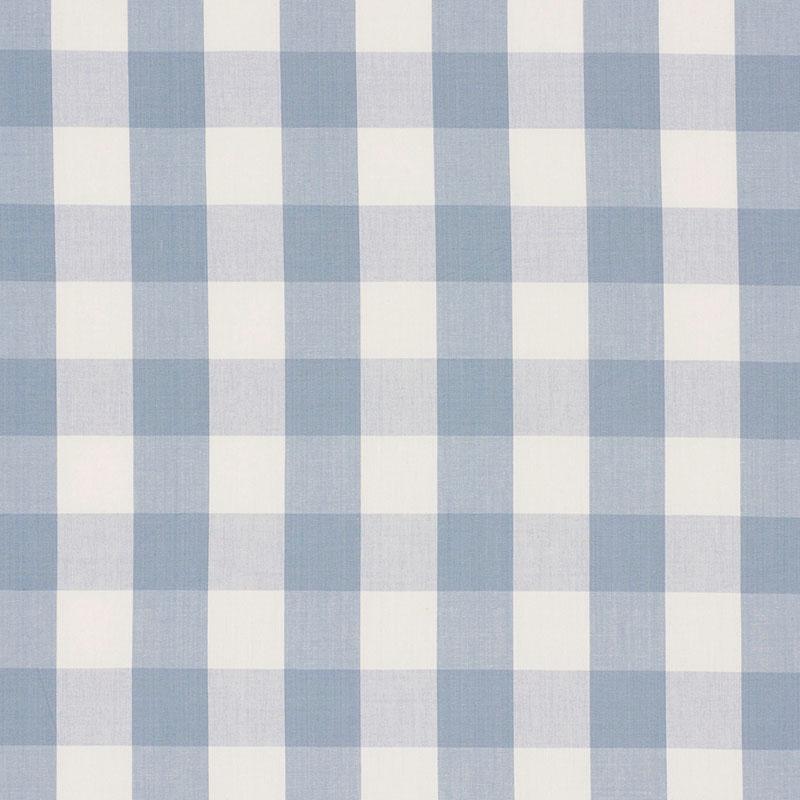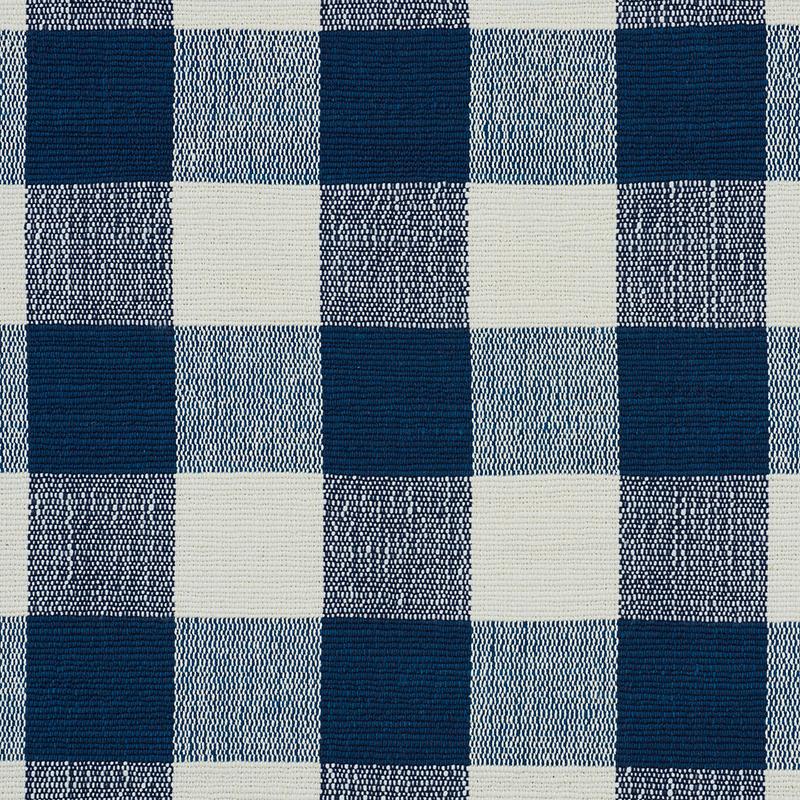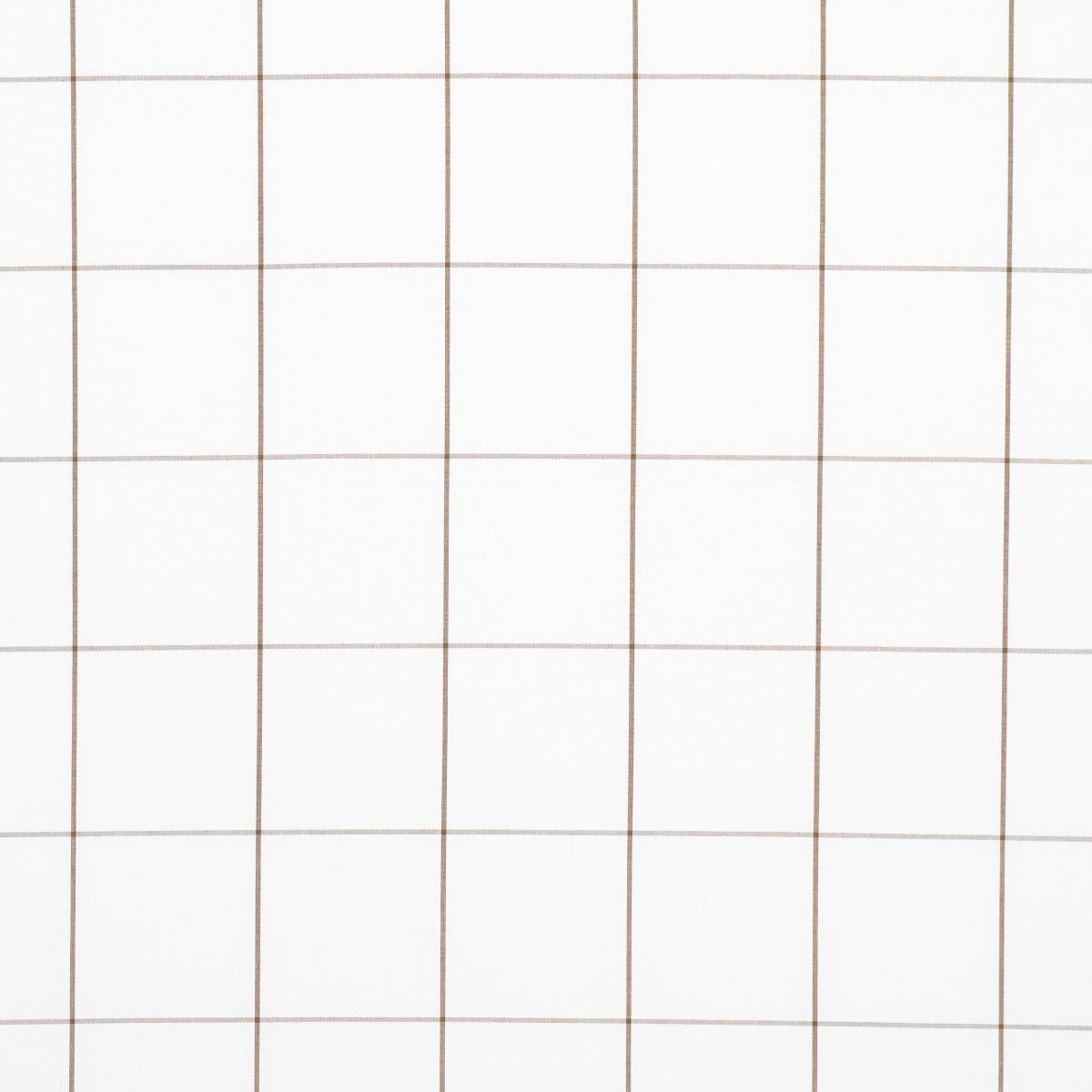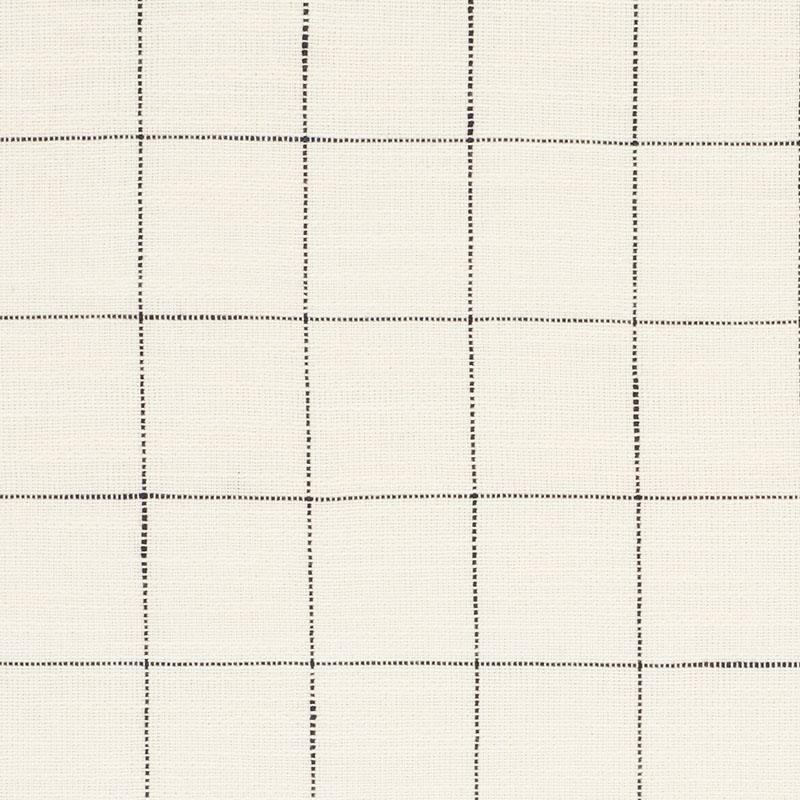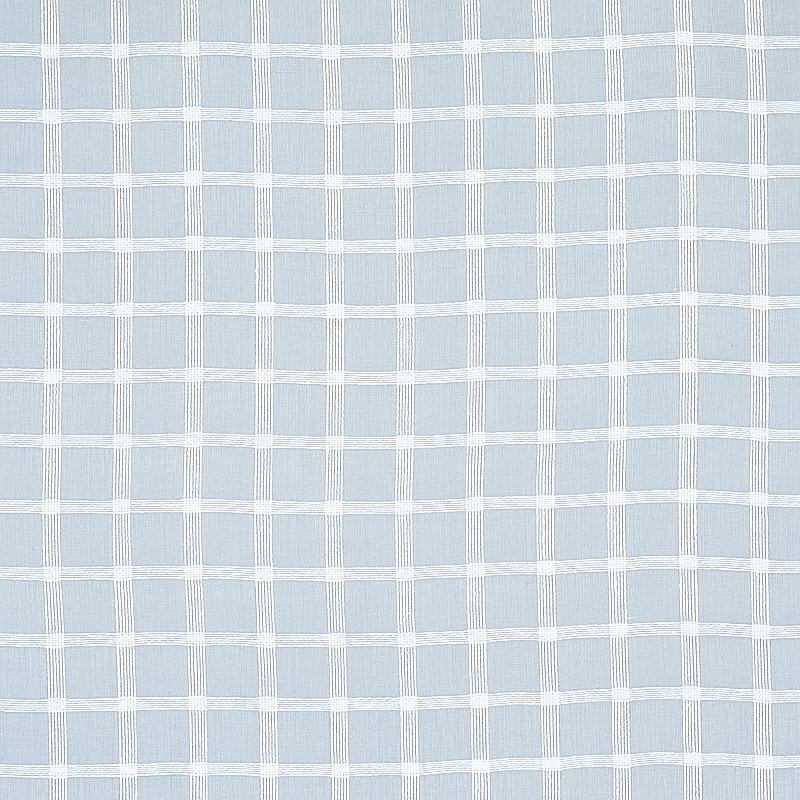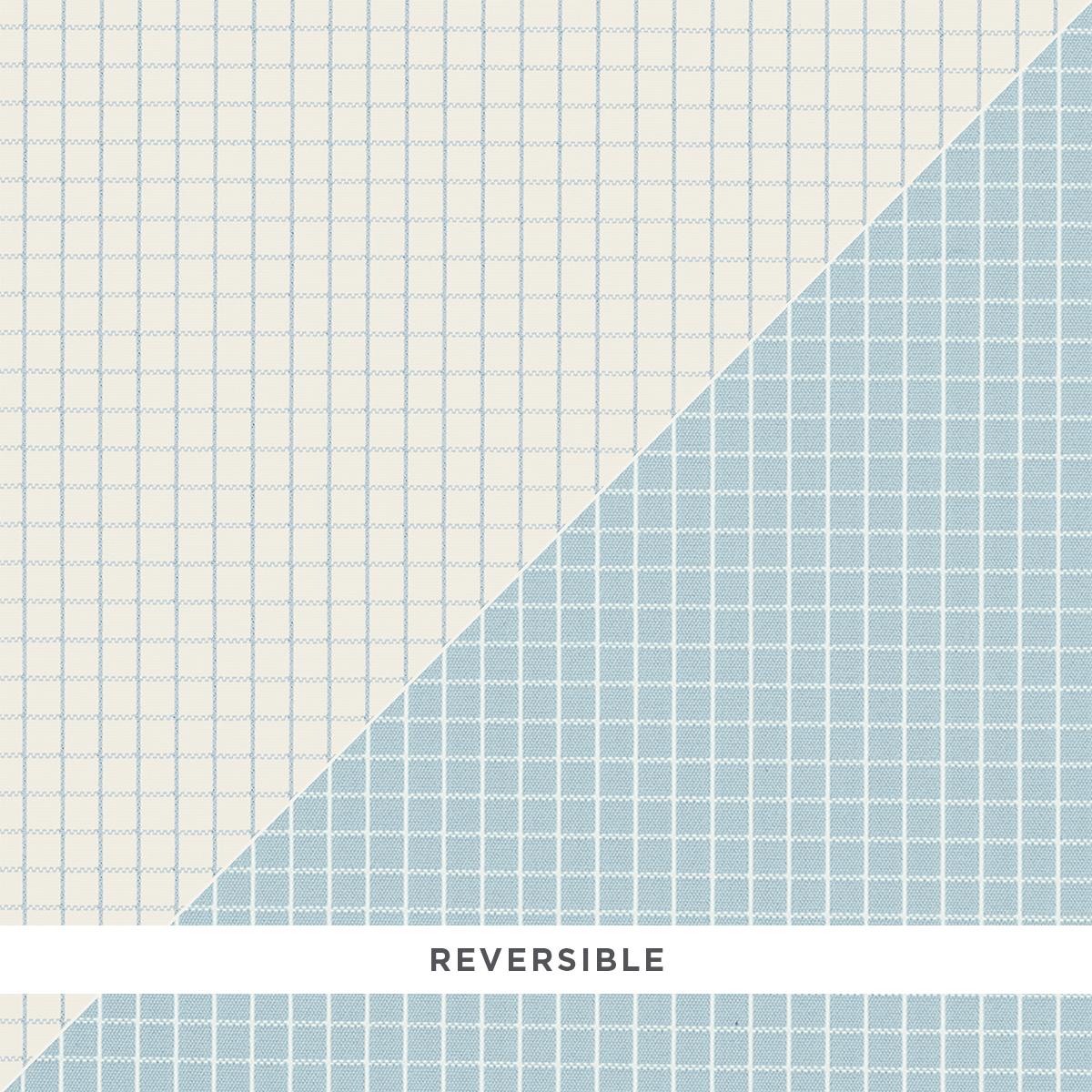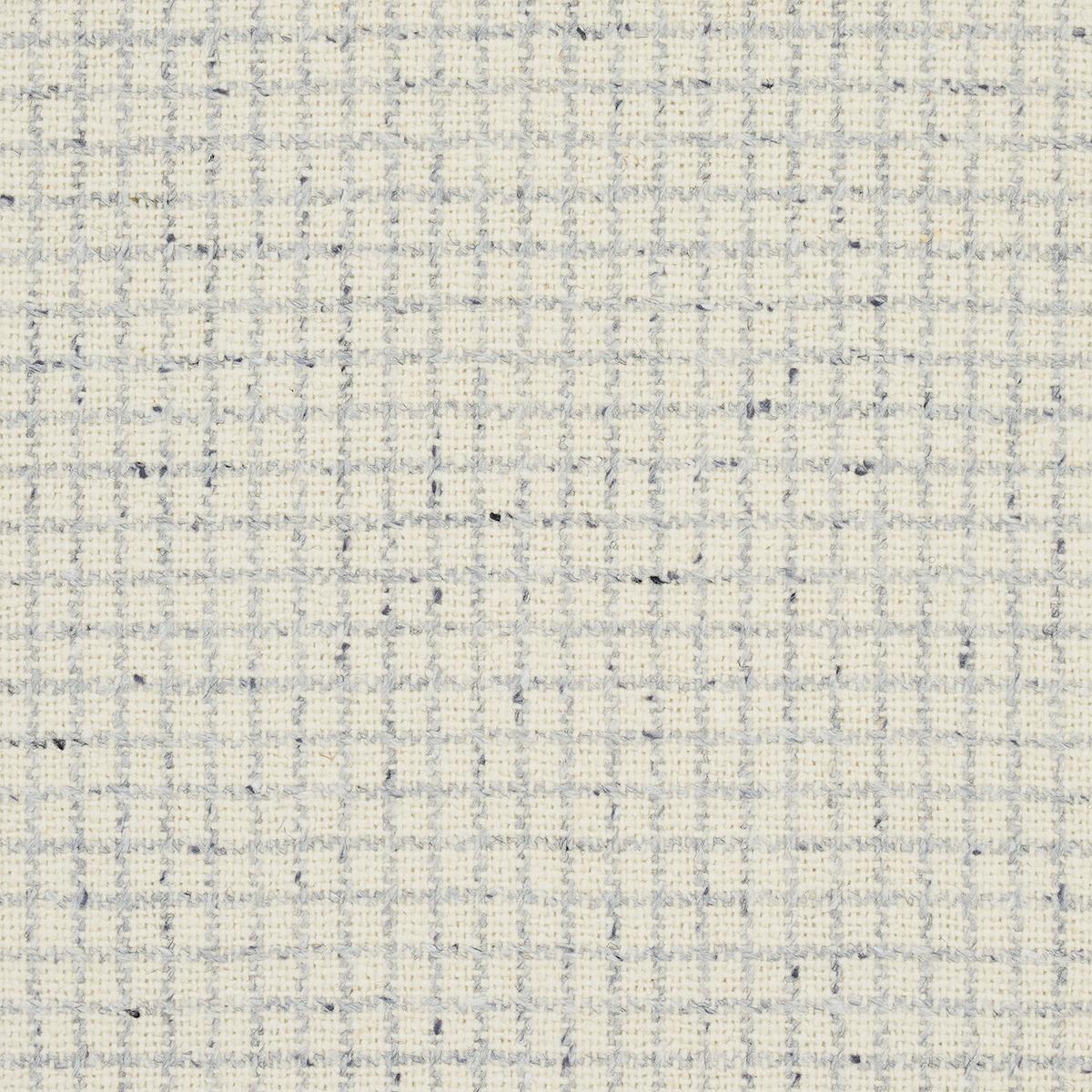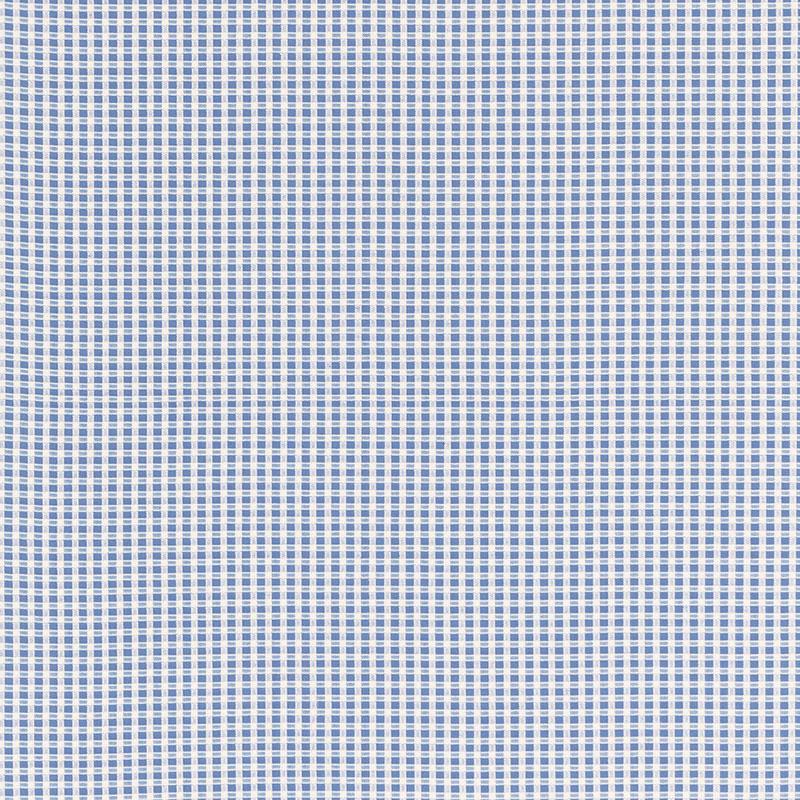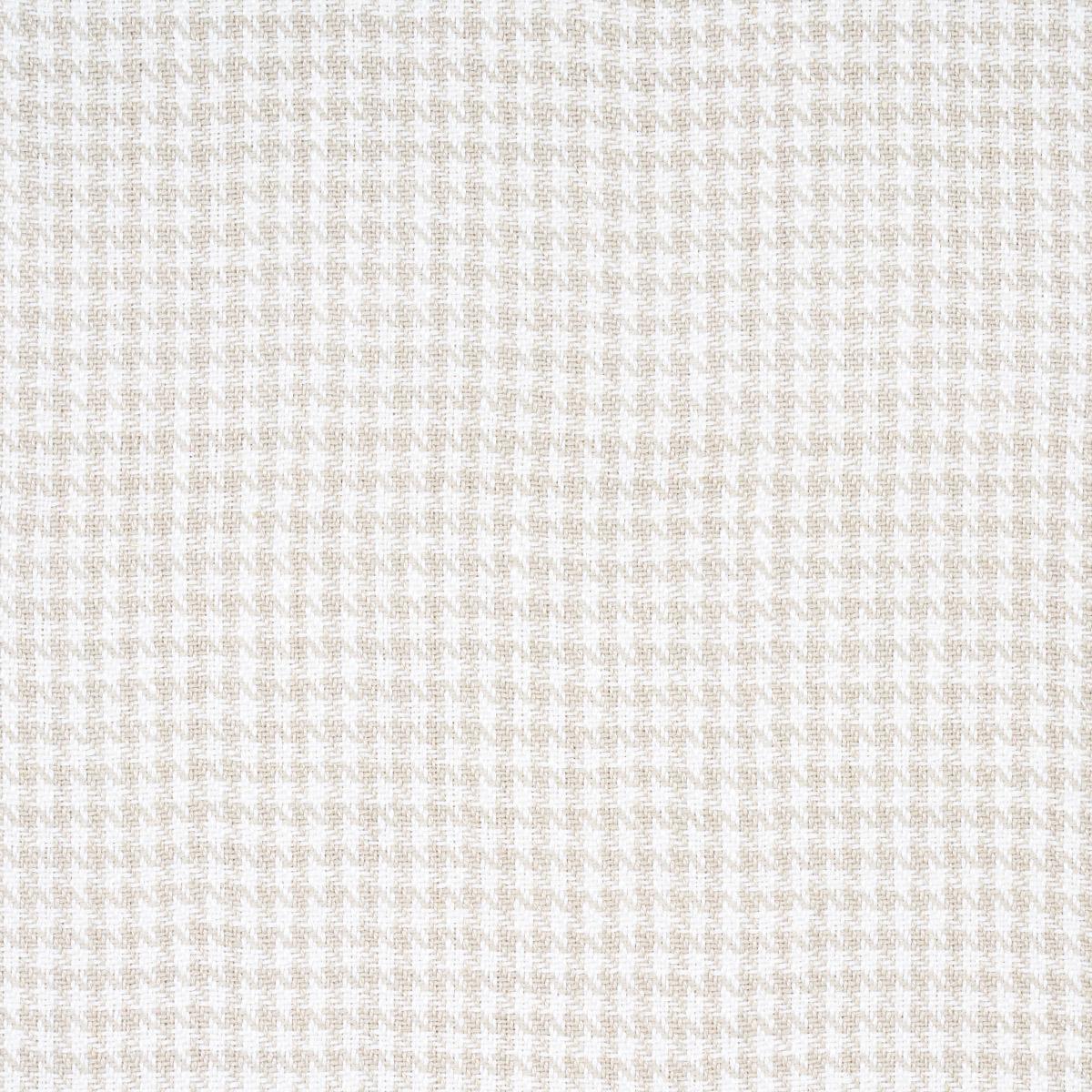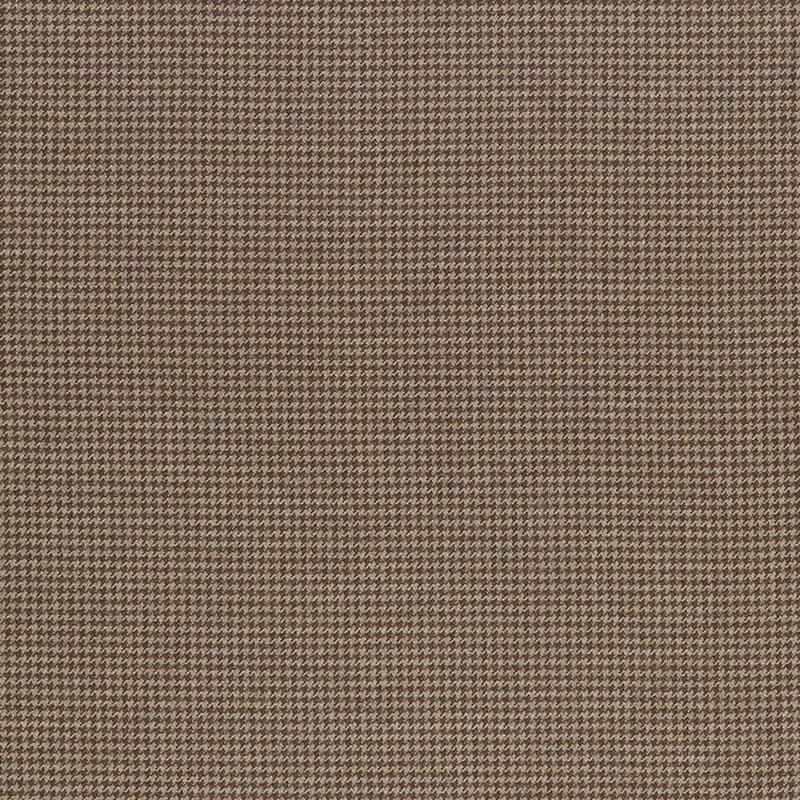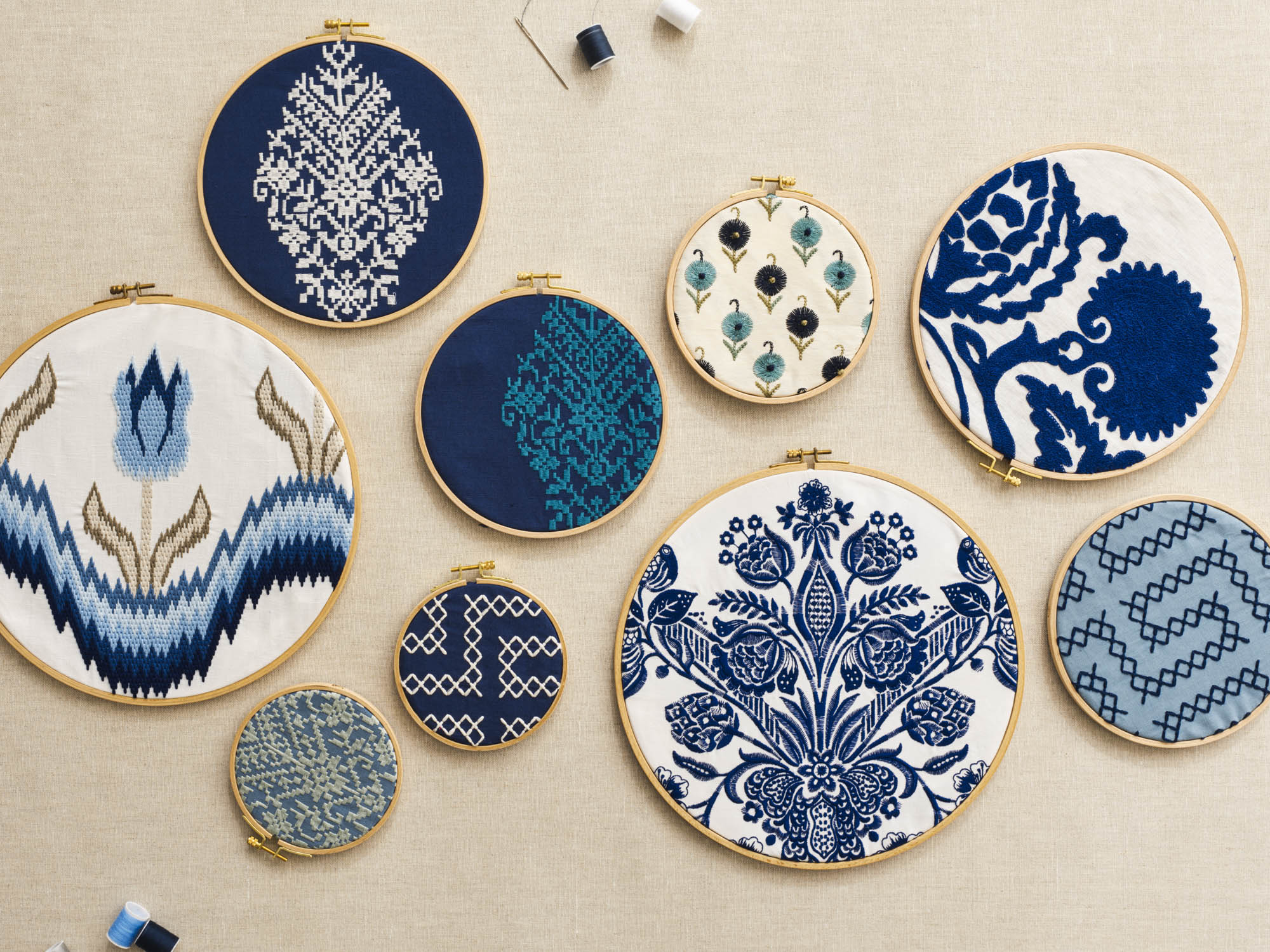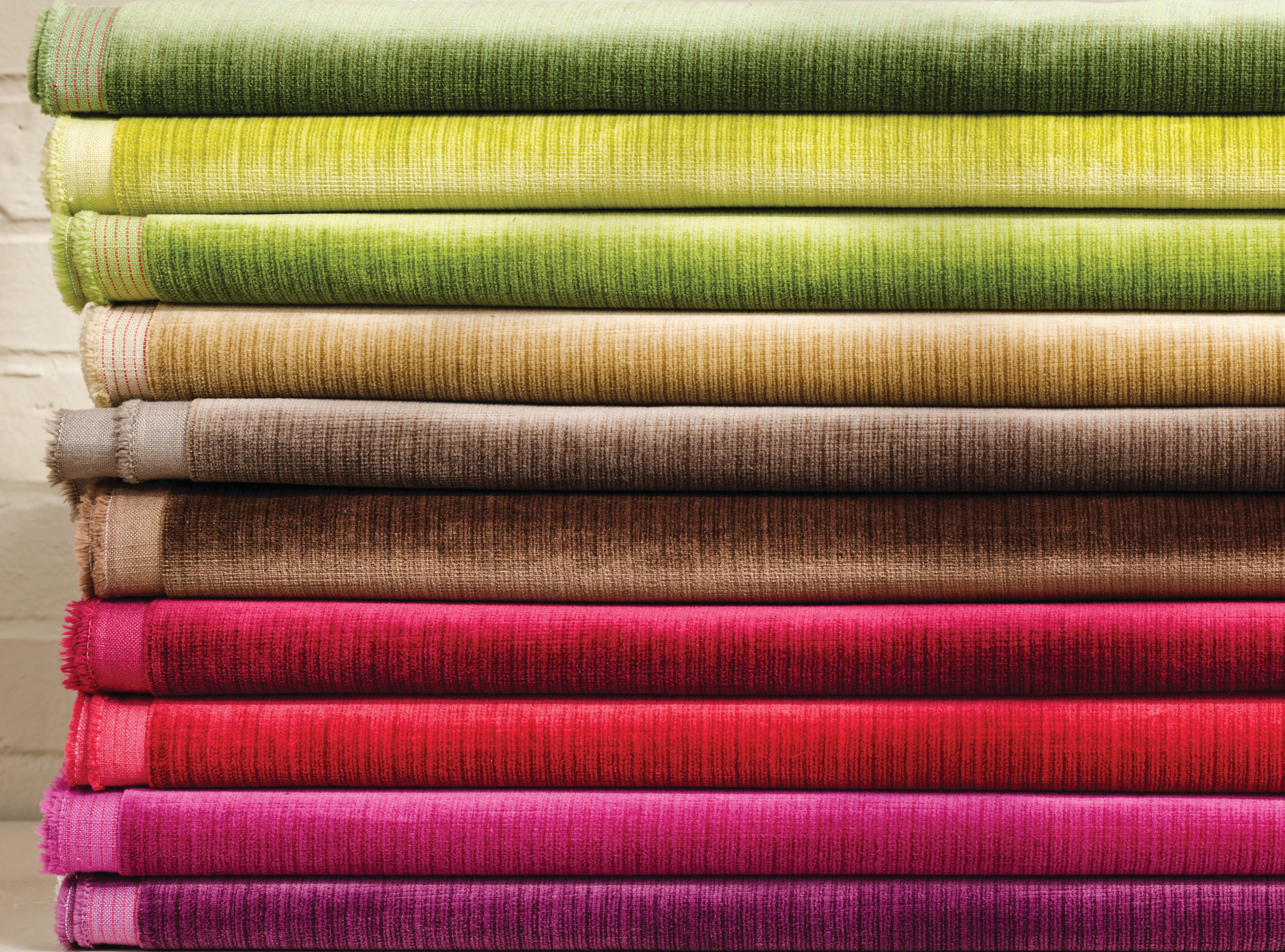Most often associated with crisp cotton shirts, tailored blazers, and other sartorial statements, check fabrics are every bit as fitting at home, whether you like to use them for pillows, upholstery, or window treatments. Ranging in personality from big and bright to soft and sweet, they are a must-have in any designer’s pattern library.
Call them classic, call them cheerful, call them handsome—but just don’t call them plaid. Although both checks and plaids are woven cloth patterns, meaning the design is created by interlacing weft (horizontal) through warp (vertical) yarns, they are not synonymous. With checks, generally just two colors are used, and both warp and weft threads appear in same-sized stripes, resulting in a pattern that is always symmetrical. Plaids, on the other hand, generally incorporate more than two colors and feature stripes of varying widths. The following checks run the gamut in size, shape, and appearance.
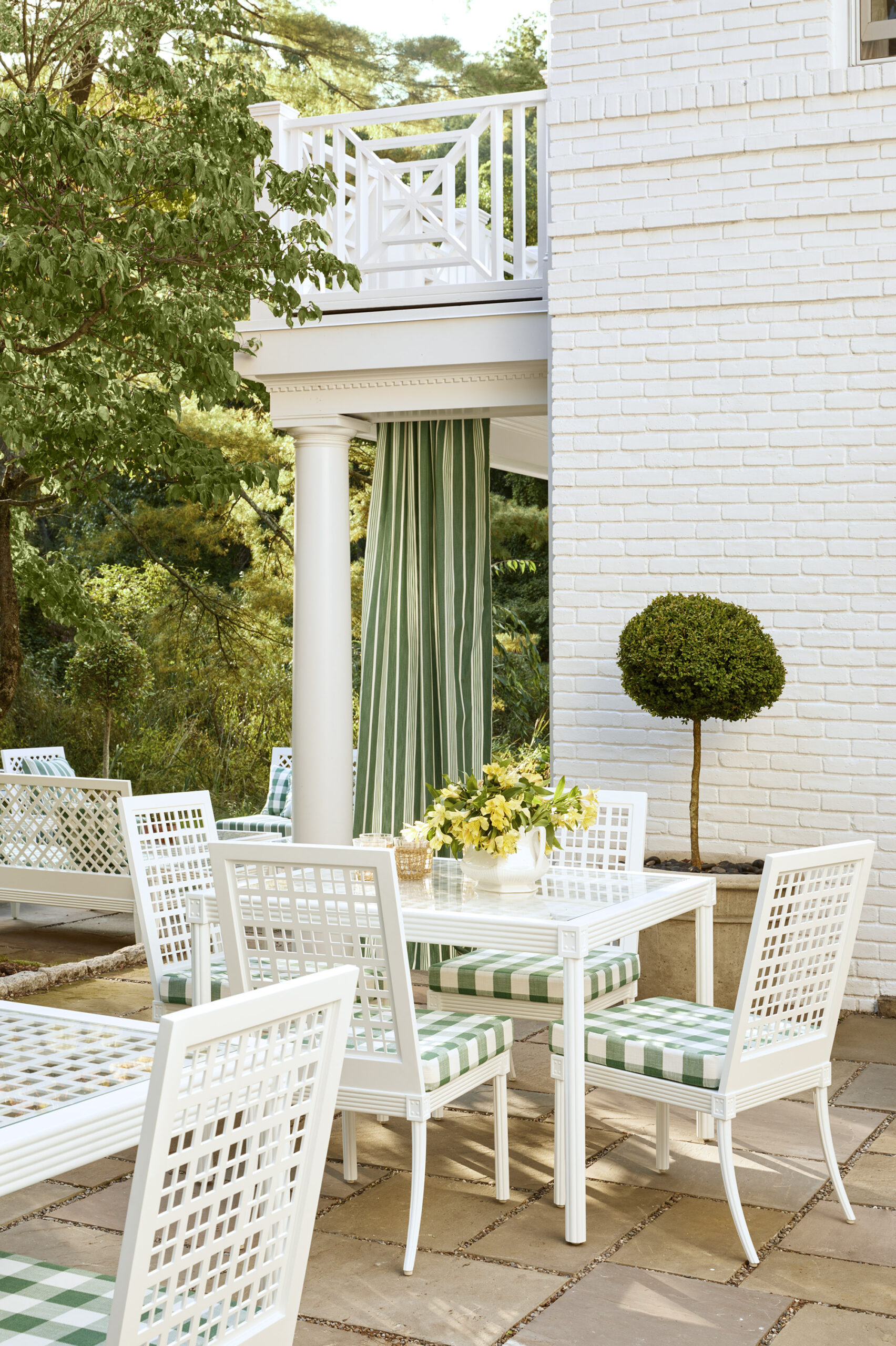
Mary McDonald‘s aptly named Picnic Indoor/Outdoor is a cheerful mid-scale gingham that stands up to the elements with style.
Melanie AcevedoGingham
Possibly the most famous and familiar of all checks, gingham originated centuries ago, likely in Malaysia (taking its name from the Malay word genggang), although some sources trace its beginnings to Guingamp, a town in Brittany. Regardless of its provenance, the classic grid of white and colored squares is now ubiquitous, its icon status cemented when Dorothy wore her blue-and-white pinafore while skipping down the yellow brick road. Notably popular as an American picnic motif, the small- to medium-scale check is also great for a seasonal swap-out—consider accenting your sofa with gingham pillows for a breath of fresh air.
Buffalo
Also erroneously called buffalo plaid, buffalo check is a large-scale gingham frequently (but not always) featuring black squares instead of the customary white, with red as their most popular companion color (think lumberjack shirts).
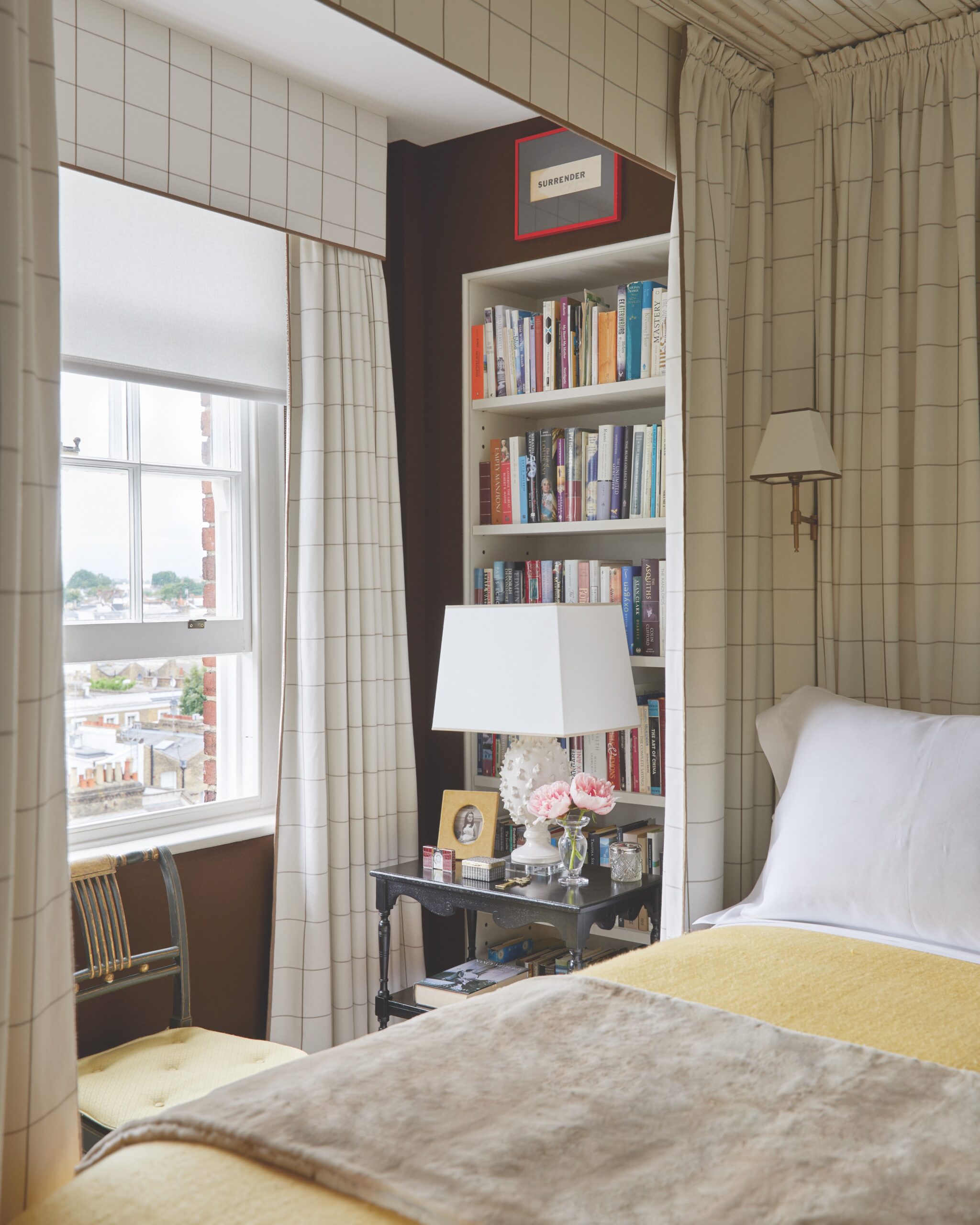
Part of Schumacher’s ongoing collaboration with designer Veere Grenney, Woodman Check is a handsome windowpane check fabric that works in traditional and modern settings alike.
Francesco LagneseWindowpane
Made by weaving together wide and very narrow stripes, this pattern is frequently used for men’s suiting fabrics and all manner of home decor. Subtle but striking, it makes a surprisingly nice complement to soft florals.
Tattersall
A smaller version of windowpane, this check—named for Tattersalls, an 18th-century horse market in London—features two or more colors and a fine grid of intersecting lines, providing an especially crisp, tailored look.
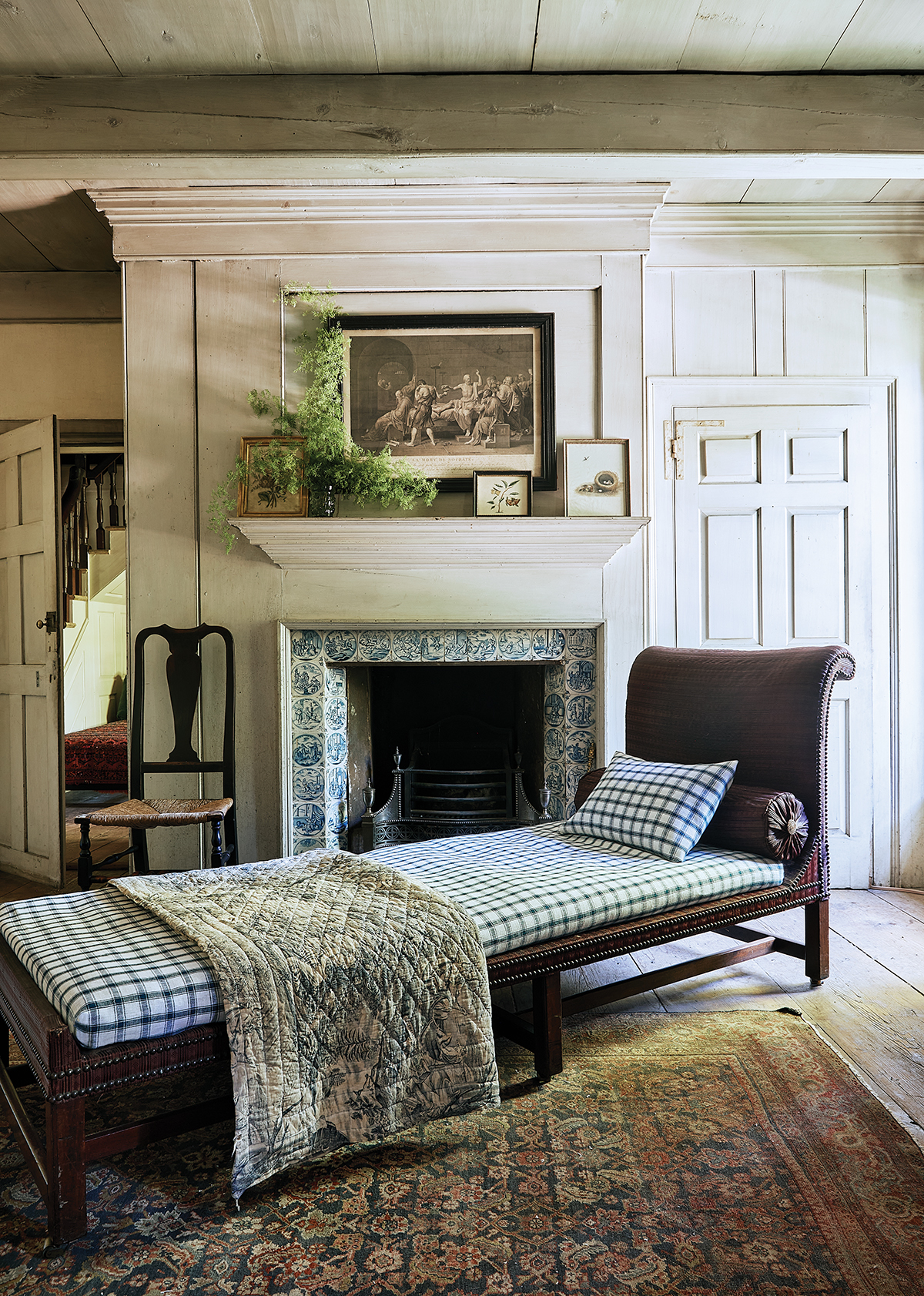
Designed in collaboration with Williamsburg, Schumacher’s Crawford Linen Check is a timeless mid-scale tattersall inspired by an 18th-century fabric used for curtains and valances. © 2022 The Colonial Williamsburg Foundation. WILLIAMSBURG is a trademark of The Colonial Williamsburg Foundation.
William AbranowiczGraph
Evoking math-class graph paper, this small-scale check lends a schoolhouse vibe and plays well with both retro and industrial-chic decor.
Pin
A tiny version of gingham, pin checks are so small that they typically read as solids. They’re an excellent option when you want just a hint of pattern.
Houndstooth
A.k.a. dog’s tooth and hen’s foot (pied de poule in French, and a favorite go-to of Christian Dior’s in the 1950s), this bold check—historically in black and white but now used with a variety of colors—is notable for its jagged squares interlocked with alternating stripes.

